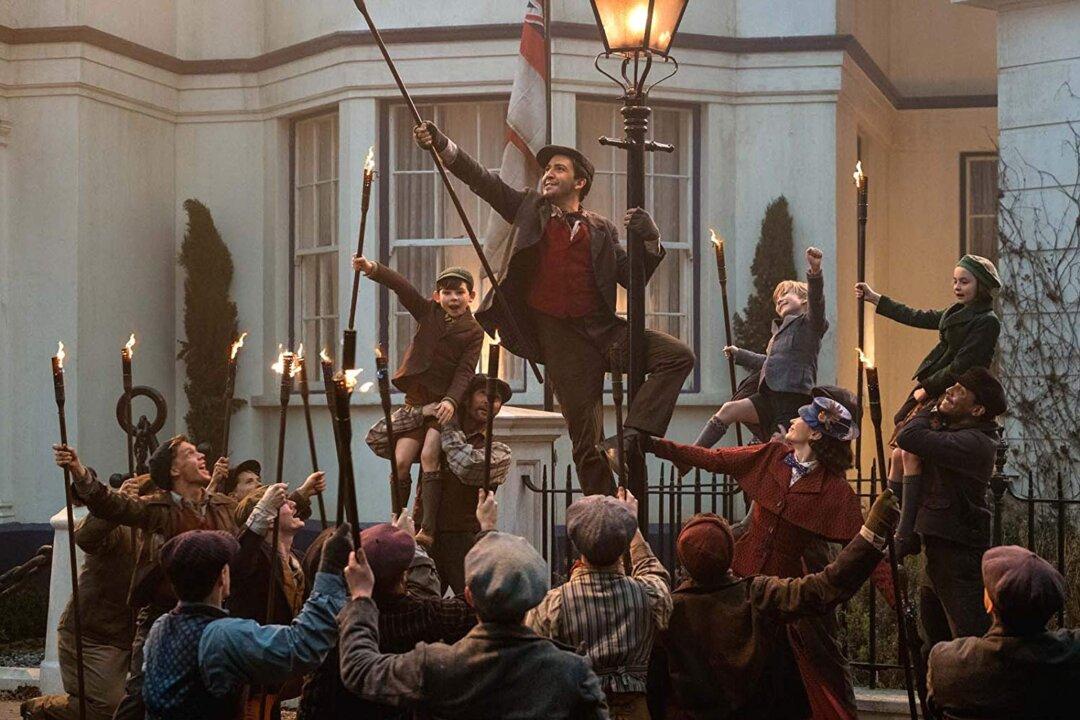The beloved nanny at the center of the original 1964 hit film will return, this time played by Emily Blunt.
But Mary’s original companion, Bert, a chimney sweep played by Dick Van Dyke, has been replaced by Jack, a lamplighter played by Lin-Manuel Miranda.





